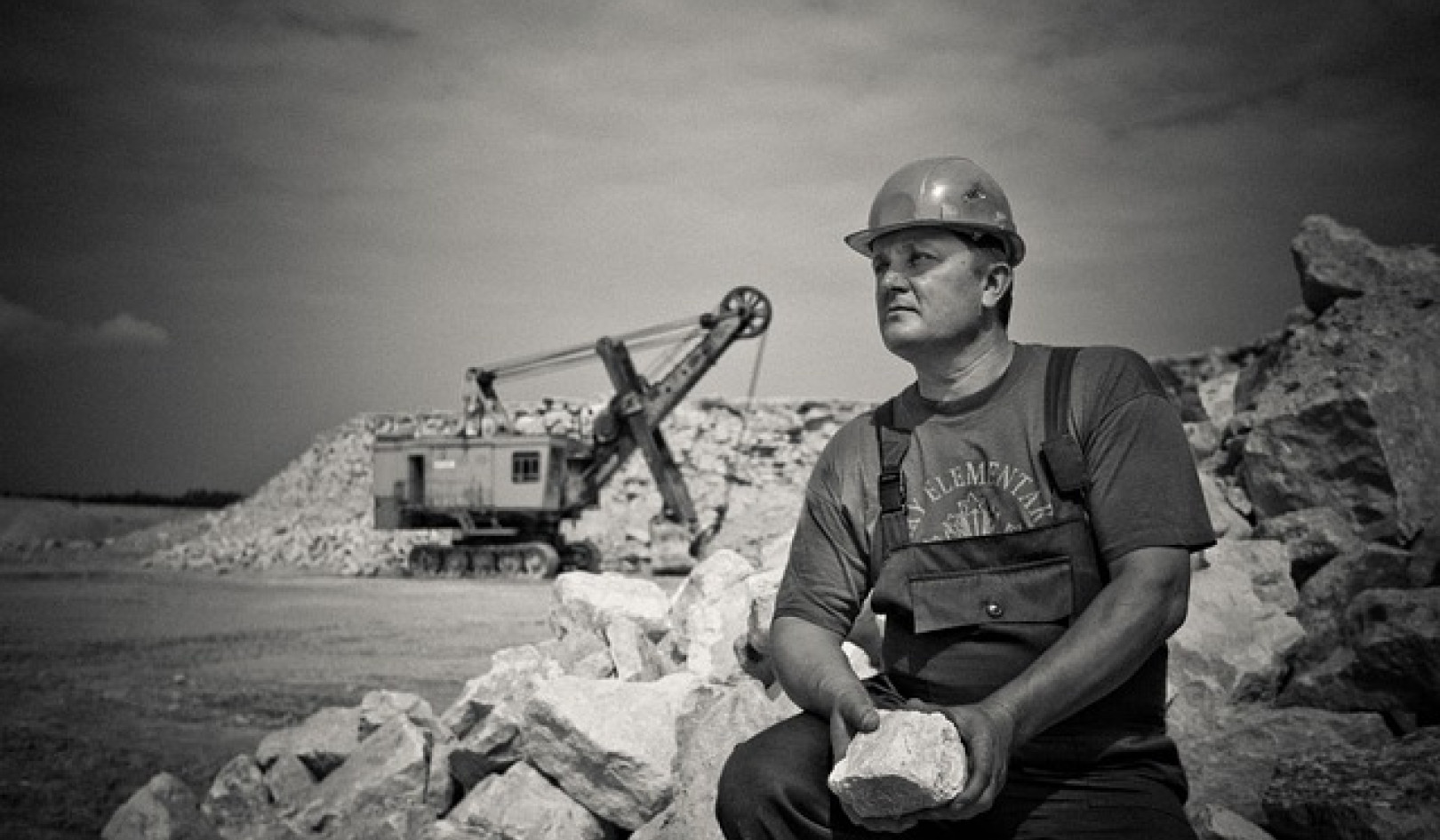As we gaze upon the horizon of the 21st century, the realities of climate change are becoming increasingly clear. Our world is experiencing rising temperature trends - an ominous signal of the severe threat that global warming presents to our planet. This threat extends beyond mere environmental degradation; it poses a severe danger to our health, alters our behavior, and disrupts our social and economic stability. Let us embark on a comprehensive exploration of these multidimensional impacts of hot weather on our lives.
II. The Impact of Hot Weather on Human Health
A. Direct Health Effects
Scorching weather wields an immediate and unforgiving impact on our health. During the 2003 European heatwave, we bore witness to the deadly power of heat stroke, which claimed the lives of approximately 70,000 individuals across Europe. Yet, it is not merely these extreme events that concern us. Even mild dehydration, an all too common consequence of hot weather, can inflict a toll on our health, impairing kidney function and leading to life-threatening electrolyte imbalances if left unchecked. Let's delve into these physical effects of heat more closely.
Heatstroke, the more severe counterpart of heat exhaustion, is a medical emergency characterized by an excessively high body temperature, potentially leading to organ damage and even death. Recalling the unforgiving summer of 2003 in Europe, France alone reported a staggering 15,000 deaths due to heat stroke. Such incidents are not isolated, as we see recurring in heatwaves around the world, making this a global concern.
Furthermore, dehydration, often dismissed as a minor nuisance, can escalate into a severe health issue. It disrupts the delicate balance of electrolytes in our bodies, which are essential for maintaining blood pressure, nerve and muscle functions, and pH balance. Chronic dehydration, an often-overlooked consequence of hot weather, can lead to kidney stones and, in extreme cases, kidney failure.
B. Indirect Health Effects
The threats hot weather pose are not confined to these direct impacts. Climate change, characterized by increasing temperatures, creates an ideal environment for disease vectors, such as mosquitoes and ticks. Furthermore, it exacerbates chronic conditions and stresses our mental health. Let us take a moment to further explore these indirect impacts.
Vector-borne diseases, such as Zika, malaria, and Lyme disease, are poised to surge as global temperatures rise. Warmer climates increase the lifespan and reproduction rates of mosquitoes, enhancing the transmission of diseases they carry. The World Health Organization estimates that vector-borne diseases account for more than 17% of all infectious diseases, causing more than 700,000 deaths annually, a figure set to rise in our warming world.
For those suffering from chronic conditions, hot weather can be a silent aggressor. A UK study found a 10% increase in heart-related hospital admissions during heatwaves. Furthermore, rising temperatures have been associated with increased respiratory hospital admissions. These weather-induced exacerbations pose a significant risk to those already fighting chronic diseases.
Finally, the mental health impacts of hot weather are worth acknowledging. A study from Stanford University found a potential link between rising temperatures and an increased risk of suicide. Moreover, heatwaves can cause significant psychological stress, increasing rates of anxiety and mood disorders.
III. The Impact of Hot Weather on Human Behavior and Social Stability
A. Changes in Behavior
Our minds, much like our bodies, are susceptible to the effects of the weather. Researchers have found intriguing patterns suggesting that as temperatures rise, so too do levels of aggression and violence. Furthermore, hot weather can disrupt our sleep patterns, resulting in increased fatigue and reduced productivity. Let's examine how heat can lead to such behavioral changes.
Research has found that intergroup conflicts, such as civil wars, are 14% more likely to occur during anomalously warm years. The heat can exacerbate pre-existing frustrations, leading to higher rates of violence and aggression. A phenomenon not confined to conflicts, even everyday aggression appears to spike during hotter periods. Consequently, crime rates increase, creating an undesirable cycle of violence and crime.
On the individual level, heat can wreak havoc on our sleep patterns. High temperatures disrupt our body's ability to cool down during the night, leading to restless nights and fatigued days. This lack of quality sleep impairs cognitive function, work performance, and overall productivity. The 2006 California heatwave resulted in two nights of severe sleep loss for residents, demonstrating how heat can disrupt a fundamental aspect of our lives.
B. Social Instability
When the heat becomes unbearable, people are often forced to leave their homes, leading to forced displacement. Such events can lead to mass migrations, social tensions, and even conflicts over resources. Let's examine how heat-induced displacement can destabilize societies.
In 2010, an unbearable heatwave in Pakistan forced millions of people to abandon their homes. The sudden influx of internally displaced persons put tremendous strain on the receiving areas, leading to overcrowding and increased resource demand. Such mass migrations can create social tensions, potentially escalating into conflict, especially when resources become scarce.
As temperatures continue to rise, we can expect water to become an increasingly scarce resource, potentially leading to conflicts. The Darfur conflict in Sudan, often referred to as the first climate change conflict, was partially fueled by disputes over water resources, illustrating the potential for resource conflicts in our warming world.
IV. The Impact of Hot Weather on Economic Stability
A. Agriculture
Our agriculture sector, a vital pillar of food security and economy, is particularly susceptible to extreme weather events. Droughts and heatwaves can devastate crop yields and lead to livestock death, threatening food security and livelihoods. Let's explore the economic implications of this vulnerability.
In 2012, the American Midwest experienced a severe drought that reduced corn and soybean yields by 16% and 7.4% respectively. The ripple effect of this production loss was felt globally as food prices soared. In vulnerable regions, such price spikes can lead to food shortages, malnutrition, and even famine. Livestock is similarly affected, as seen in the 2019 Australian heatwave, which resulted in the death of 20,000 cattle, dealing a massive blow to the farmers and the economy.
B. Labor Productivity
Our ability to work efficiently is undermined by the relentless heat. Outdoor laborers, including construction workers, farmers, and utility crews, are particularly affected. Let's consider the potential economic consequences of this reduced productivity.
The International Labour Organization (ILO) estimates that by 2030, the world could lose 2.2% of total working hours due to heat — the equivalent of 80 million full-time jobs. For developing countries, the impact is disproportionate, with India expected to lose an equivalent of 34 million full-time jobs. This loss in productivity could have profound economic impacts, slowing development and exacerbating economic disparities.
C. Infrastructure
Lastly, our infrastructure is not immune to the impacts of rising temperatures. Roads can buckle under extreme heat, and power lines can sag and potentially fail. These effects can lead to considerable economic costs. Let's examine the impact of heat on our critical infrastructure.
The 2006 California heatwave led to a massive surge in electricity demand as people cranked up their air conditioning. This surge, combined with sagging power lines, resulted in blackouts affecting over a million people. Moreover, the repair and maintenance of heat-damaged infrastructure represent an additional economic burden, often running into millions of dollars.
V. Conclusion
Thus, we see that the impact of hot weather extends far beyond mere discomfort. It poses a significant threat to our health, alters our behaviors, disrupts social stability, and threatens our economic vitality. With the specter of climate change looming, we must not underestimate these risks. As we move forward, it is imperative that we acknowledge these threats and adopt sustainable practices, support green policies, and adjust our lifestyle to mitigate these impacts. Through collective effort, we can face these challenges head-on, securing not just a survivable future, but a thriving one.





























